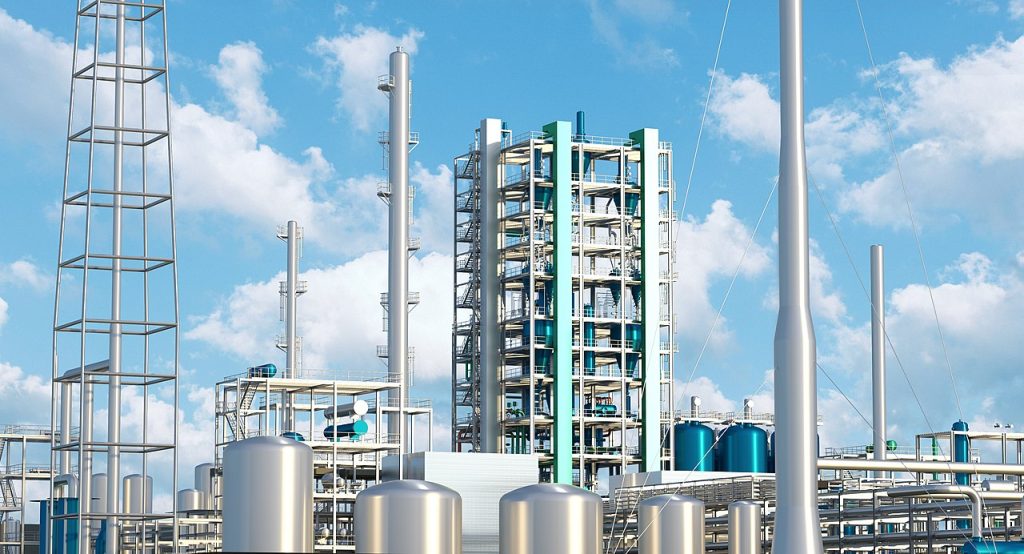incineration vs Gasification
Independent studies show high-temperature conversion of Waste, has a far superior net energy and clean Syngas production, compared to incineration.
Syn X Energy's patent-protected gasification process totally transforms almost all types of waste into valuable products. Single-site gasification of all waste types is possible without needing pre-sorting or shredding.
The comparison of gasification verses incineration underneath reveals the superior new technology in waste management that Syn X Energy gasification provides.
Aspect | Syn X Energy's Gasification | Incineration |
|---|---|---|
Emissions | No harmful air emissions during syngas production. All complex molecules destroyed to atomic levels and Syngas produced is fast cooled to ensures clean gas. | Air emissions can include high levels of greenhouse gasses (GHGs) and other air pollutants such as dioxins and furans because the heat is required for steam generation. |
Volume reduction | Feedstock reduction of 250:1 and production of inert slag that has commercial value. Slag is used for various industries – notably infrastructure. | 30% of solids remain as ash that is solid waste and potentially hazardous solid waste. Dumping costs inhibits “clean” status. |
Oxygen | In a partially oxygen-starved environment, forward reactions (Oxidation of Carbon atoms to Carbon Dioxide) and backward reactions (the reduction of Carbon Dioxide back to Carbon Monoxide) occur. | Additional air is added to the incinerator – yet smoke still remains as a consequence of incomplete combustion. |
Energy conversion process | Gasification of waste leads to Syngas and excess heat that can be recovered to produce useful energy. The Syngas is cleaned in order to produce valuable offtake products. Syngas can also be used to power Steam Turbines, Gas Turbines, etc | All energy is converted to heat. The heat can be converted to electricity via the normal Rankine process. Limits you to ONLY steam-based generation. This heat can be used for community heating needs in colder climates. |
Temperatures | 1650-2500⁰C | 500-850⁰C |

